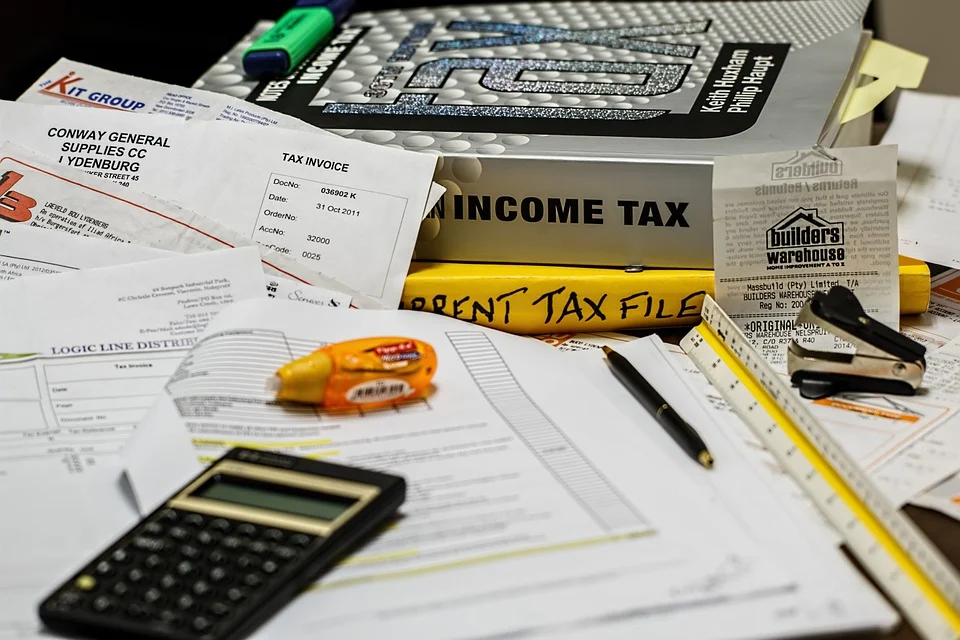As the global community, Australia has also registered and non-registered small businesses. The invoicing procedure remains the same for all despite some essential recommendations for a registered business. ATO has categorized invoices for different levels of sales. For a registered company, it is mandatory to generate a tax invoice instead of a simple invoice.
What is a Tax Invoice?
The tax invoice in Australia is only a record made for a business in Australia, including the ABN number. Allow us to speak exhaustively about ABN later in this article. Australian assessment receipt record will likewise contain the expense enlistment number of the specialist organization or the dealer, just as the GST detail permitting the purchaser to guarantee for GST credit.
Difference of Invoice and Tax Invoice
A regular invoice is a manuscript that a dealer or freelancer usually issues to the purchaser or the help taker with subtleties of the materials utilized, work charge, and so forth. Additionally, invoices that are not enlisted for GST is known as a typical invoice. Whereas the enlisted seller furnishes the purchaser with a receipt about the expense payable sum, including the taxes is known as the tax receipt.
In a standard tax invoice, the following elements are compulsory.
Date of issue
It is the date when you issue a tax invoice to your client. It should be written in the printed invoice because it assists in managing and tracking inventory.
Due Date
The date by which the payment is due or when the client has to pay the dues is the invoice’s due date. Due date intimates the client for a period of comfort for him. However, the client can pay the invoice before the due date.
Australian business number (ABN)
For registered Australian small businesses, the inclusion of their ABN number is compulsory. Due to this reason, the Australian tax invoice template includes the Australian business number.
List of things sold
A tax invoice should include a detailed list of sold items. Write each item by name along with their brand name.
Business name and address
The tax invoice should include the business name, address, and logo (if any) on top of the invoice clearly. It is compulsory to make your invoices customized and personalized. If you are using a single software for managing invoicing of multiple businesses, it helps in recognition.
Quantity and unit cost of things sold
The tax invoice should include all relevant details of the item that are invoiced. Write the unit price and the quantity of each article in the list. If you maintain all these details, it helps in managing your tax returns.
Buyer’s subtleties or ABN
The Australian tax invoice should include buyers’ details such as name, identity, social security number, etc. If an individual buyer has a tax number, it should be included in the tax invoice. If the buyer is also a business, then include their ABN.
Titled as ‘Tax Invoice’
This invoice must be entitled as “Tax Invoice.” It helps in distinguishing it from regular or ordinary invoices.
GST sum payable at everything or all-out cost comprehensive of GST
The tax invoice should include GST for each item, and the sum of GST paid for the whole invoice.
For the time being, these are an essential part of tax invoices, but there may be any change in rules with the time, so continuously be updated about regulations.

